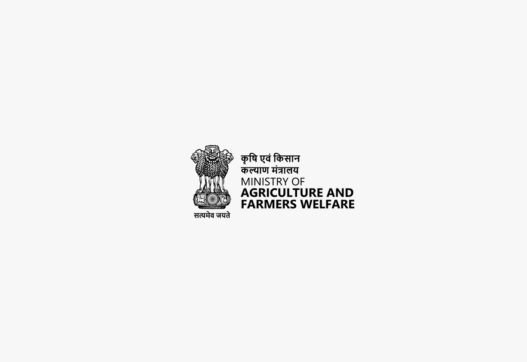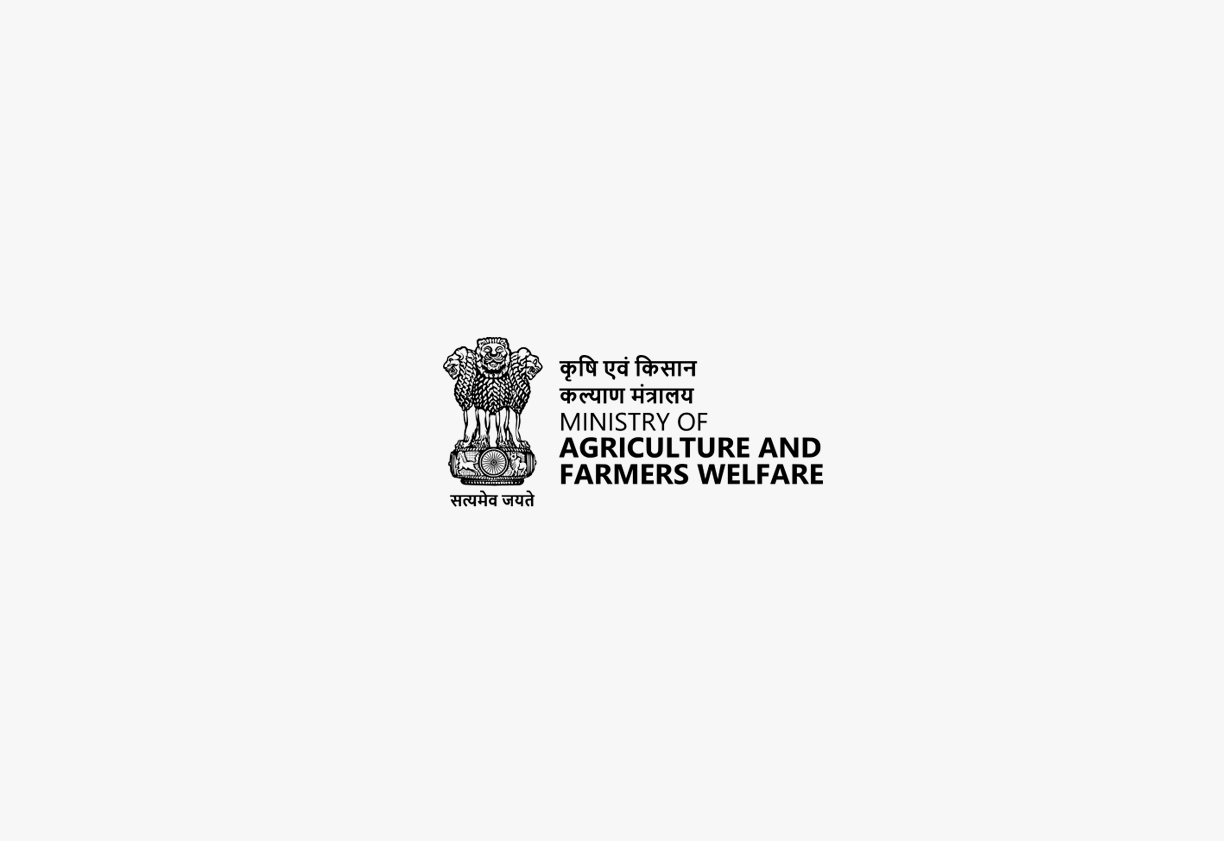Ministry of Agriculture and Farmers Welfare
The Prevention and Control of Infectious and Contagious Diseases in Animals Act, 2009, is a comprehensive piece of legislation enacted by the Indian Parliament. This Act aims to prevent, control, and eradicate infectious and contagious diseases in animals. It also seeks to prevent the spread of such diseases from one state to another, and to fulfill India’s international obligations related to the import and export of animals and animal products. This act plays a vital role in maintaining public health and preventing economic losses associated with animal diseases.
1: Act Background and Ministry
The Prevention and Control of Infectious and Contagious Diseases in Animals Act, 2009, was enacted to address the significant economic losses and public health risks posed by infectious and contagious animal diseases. The Act emphasizes implementing vaccination programs and other scientific measures to control and eradicate diseases. The Ministry of Fisheries, Animal Husbandry and Dairying oversees this Act, reflecting its responsibility in animal health and disease control. The Ministry plays a crucial role in formulating and implementing policies to ensure animal health and trade facilitation.
2: Enactment Date, Number of Chapters, and Sections:
The Act was enacted on March 20, 2009, and is officially known as Act No. 27 of 2009.
-
The Act comprises seven chapters that address various aspects of animal disease control and management.
-
It includes a Schedule that lists the different animal diseases covered by the Act.
-
The Act contains 45 sections, along with a schedule.
-
These sections cover definitions, powers of authorities, disease control measures, penalties, and other miscellaneous provisions.
3: Act Governed By:
This Act is governed by several key authorities:
-
State Governments: They are responsible for declaring controlled and free areas, appointing veterinary officers, and implementing disease control measures within their jurisdictions.
-
The Director (of Animal Husbandry or Veterinary Services): In each state, the Director plays a critical role in overseeing the implementation of the Act and issuing necessary orders.
-
Veterinary Officers and Veterinarians: These professionals are empowered to carry out inspections, vaccinations, treatment, and other disease control measures.
-
Competent Officers: These are appointed by the State Government to implement the provisions of the Act.
4: On Whom It Is Applicable:
The Act has broad applicability, covering:
-
All owners or persons in charge of animals.
-
Veterinary officers and veterinarians.
-
Village officers and Panchayats.
-
Institutions, laboratories, and clinics engaged in the manufacture or testing of vaccines and other related drugs
-
Any person involved in the trade, transportation, or handling of animals.
5: Penalties/Punishments:
The Act prescribes various penalties and punishments:
-
Issuing vaccination certificates without authority or administering defective vaccine may incur a fine of five thousand rupees. It can also lead to imprisonment that may extend to one month, with increased penalties for subsequent offenses.
-
Penalties for contravening the provisions of this Act or obstructing the Competent Officer carries a fine of one thousand rupees. Failure to pay the fine may lead to imprisonment.
-
Placing infected animal or carcass in a river or waterbody results in a fine of two thousand rupees for the first offense and five thousand for a subsequent offence.
-
Offenses by companies can result in punishment of those responsible for the offense.
-
Non-compliance with rules and regulations will lead to monetary fines or imprisonment.
6: Important Pointers:
*The Act defines “animal” broadly to include various species, including cattle, sheep, goats, pigs, poultry and bees.
* It makes reporting of scheduled diseases obligatory for all owners.
-
It outlines procedures for declaring controlled areas to prevent disease spread.
-
It mandates compulsory vaccination of animals in controlled areas.
-
The Act provides detailed guidelines for marking vaccinated animals and issuing vaccination certificates.
-
The Act empowers authorities to implement preventive and precautionary measures, including the prohibition of animal movement, markets and gatherings in controlled areas.
-
The act also covers the disposal of carcasses of infected animals.
-
It addresses the importance of quarantine camps and check posts.
-
The act empowers authorities to implement preventive and precautionary measures, including the prohibition of animal movement, markets and gatherings in controlled areas.
-
It mandates cleaning and disinfection of carriers and vehicles.
-
-
The act also covers the disposal of carcasses of infected animals.
-
The act includes provisions for euthanasia of infected animals, postmortem examinations and seizure of infected animals.
-
-
It includes provisions for inspection of animals, and for regulating the entry and exit of animals into controlled and free areas.
-
The Act emphasizes precautionary measures related to causative organisms and also includes a list of scheduled diseases.
7: Download Act Copy



